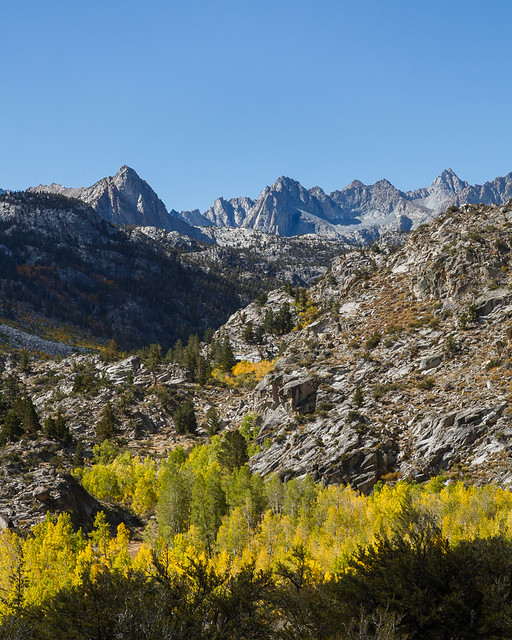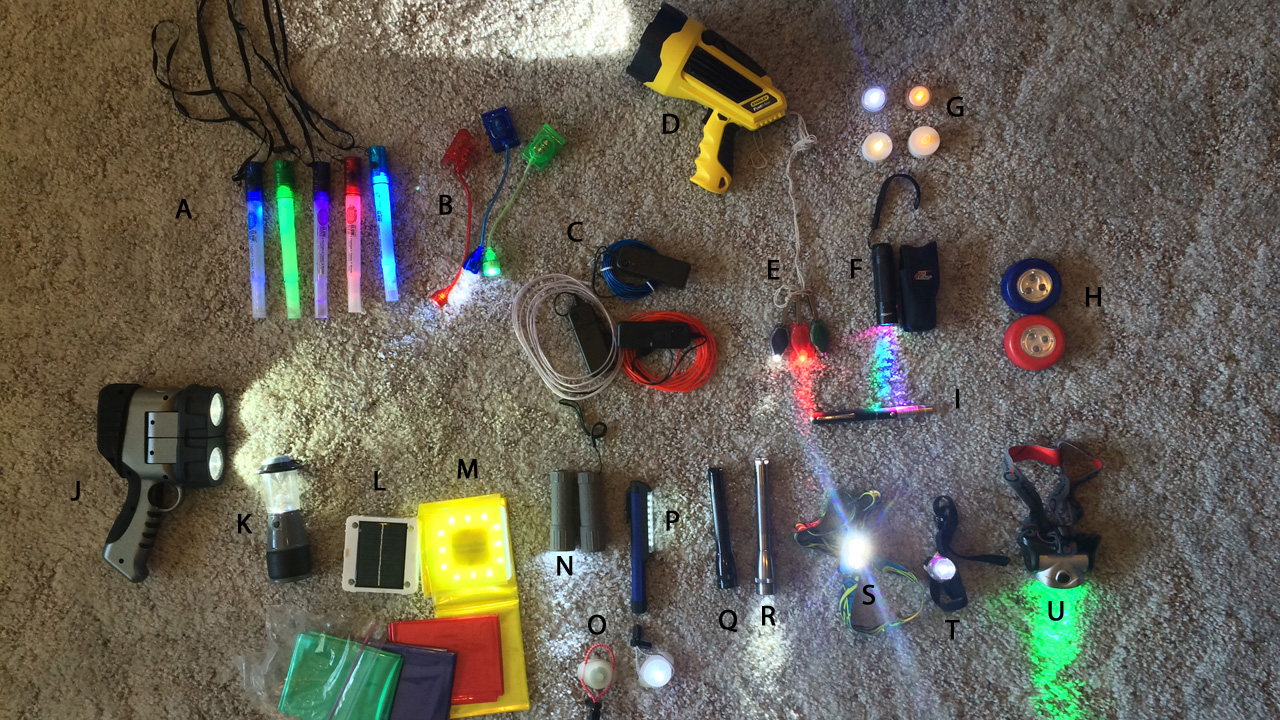Social media is where a lot of the "action" is these days... new content and interaction (reshares, views, comments, likes, favorites). But posts on social media don't necessarily get seen, in part because your subscribers may not be watching at that moment, and because sites like Facebook and Google+ now filter content by what they predict people want to see, so many or most of your subscribers may never be presented with your content that they subscribed to see. Social media posts can have a short half-life, getting buried quickly behind other content, so interaction falls off quickly.
Blogs offer a more rich publishing platform and people subscribe to see their content. Many sponsors are accustomed to rating online influence by monthly traffic to a blog. So while some people have found success becoming "Internet famous" and are sponsored simply to post on social media, other corporate sponsors haven't broadened their criteria beyond more lasting content delivery platforms like
+WordPress and
+Blogger.
One of the ways they evaluate your content is using
+Google Analytics to measure monthly visits to your blog. So even if you've been somewhat successful marketing though content, engagement and building a following on social media, you may find that the sponsors you'd like to connect with are using other metrics to evaluate potential marketing partners.
Posting to blogs adds yet another location to post to, and it is a good idea to have unique content there utilizing the added features such as the ability to include multiple images. But all of your work on social media doesn't have to go go waste. To some degree your audience varies from site to site on social media, and who is online looking at your posts varies, so allowing your social media posts to aggregate to a blog can give your friends and followers a single place to see your recent content. If you do a good job curating the site and attracting people to come back over time, your potential sponsor will like it as well.
I had a nice experience with the Google+ to Wordpress plugin for Wordpress this morning. The founder of photo sharing site +500px, +Evgeny Tchebotarev, tweeted to his 5000+ followers one of my Wordpress blog posts created from a Google+ post: https://twitter.com/tchebotarev/status/534348676080992256
I experience decent results on Google+ when sharing individual photos, but for some reason the filtering algorithms on Google+ seem to demote my album shares somewhat, more heavily restrict shares of other posts, and severely restrict shares of external links. Worst of all, much of the interaction I see is from users far from my target customer base, so Google's current heavy and skewed filtering algorithm renders G+ practically worthless in my experience. But I have a lot of confidence in Google to eventually correct course and get on a productive path. So although my initial 4-5 posts per day for its first year dropped to 1 per day for the next year and again to more sporadic contributions this year as the site fails to deliver broad engagement, when it eventually does, I want to be there. I've set up Google+ pages to use when they become fully functional, such as when they can connect with and follow (circle) more than a few users per day before maxing out some limit.
In the meantime, any work you invest to maintain a placeholder stake in G+, or to make posts such as URL shares which are likely to be barely distributed on G+, doesn't have to go to waste, since those posts can have a second life on your blog.
It's no small benefit that those blog posts aren't restricted by any severe filtering to hide them from your followers, as they might have been on the original social media site. One good tweet of your blog post, and it may have more potential viewers than the original post had on the social media site. And your social media sites may supply that traffic. Even if there are few eyeballs on your G+ posts or they're not views from your target customers or subscribed (circling) G+ users, there's no reason why you can link to the resulting blog post and drive traffic there from Facebook, Twitter, and so on.
If you'd like to consider having your social media posts mirrored to a Wordpress blog, take a look at the
Google+ to Wordpress plugin: http://sm2wp.com/
You'll also see the Twitter version there, Social Media 2 WordPress for Twitter.
.JPG) |
| Your G+ posts can appear on your blog |
To see how they look on a blog, check out mine at www.JeffSullivanPhotography.com. I just switched on the Twitter plugin, so I may have some fine tuning to do in the plugin settings before it works exactly the way I want it to, but you can get the gist of what it does. Thanks to the developer
+Daniel Treadwell. He provides a free version of each plugin which imports the last 10 G+ posts, with comments, or the Twitter version with interaction as well, so you can try each of them out. To make use of Wordpress plugins you'll need to have a "self-hosted" copy of Wordpress on your own Web site. Other than the learning curve involved in setting that up, searching for the name of the plugins through your Wordpress installation, and installing and using them, is pretty straightforward.
Perhaps
+Google will consider reporting our G+ activity in
+Google Analytics so sponsors can see and recognize that as part of the value we offer. But the filtering of the distribution of your G+ posts may still impede their visibility on G+, so having them available on an external blog enables you to make full use of the content, while you have full tracking and credit for how many people view it (at least directly on the blog). It's surprising that Google didn't offer similar G+ to
+Blogger post migration ages ago (and it's surprising that the existing Blogger to G+ posting capability suffers the same heavy filtering and reduced views that any other external link seems to experience). Google Analytics could offer the unique strategic advantage of reporting of the combined views of the same post on G+ and Blogger, but a great baby step in the right direction would be any reporting of G+ posts at all.


.JPG)














































You should see two big ones top center, then a lot of little ones down near the horizon after that.
Assembled from 224 30 second photos taken last night from 1-3am in the Eastern Sierra, California, during the Leonid meteor shower in 2009.
All I can say now in 2014 is wow, my technique has progressed a lot since 2009!